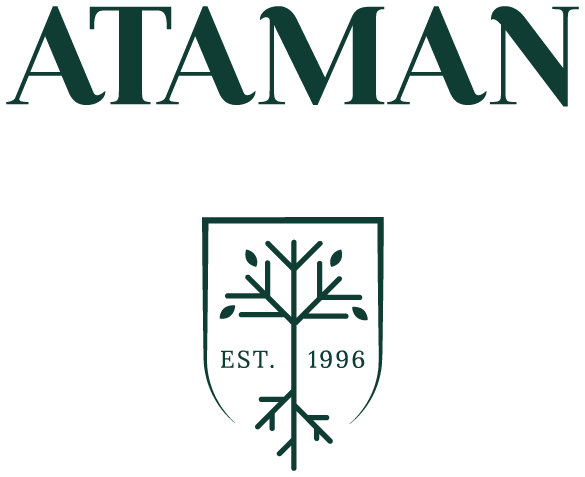



Since 2016, Companhia do Lucriz has grown to become the largest walnut farm in the Iberian Peninsula, located in Castelo Branco, Portugal. With 350 hectares dedicated to walnut trees, we specialize in the Chandler variety, prized for its light color, thin shell, and high kernel percentage. Our commitment to quality is backed by partnerships with UC Davis experts and state-of-the-art machinery from France and the USA, ensuring top-notch production standards.
Chandler and Howard walnuts are renowned for their exceptional qualities. Both varieties feature thin skins and a high kernel rate, making them ideal for consumption and processing. Their light-colored kernels are visually appealing and indicative of superior quality. Additionally, these walnuts are resistant to diseases and pests, ensuring a healthier crop and more reliable harvests. Whether for commercial production or personal enjoyment, Chandler and Howard walnuts are top choices for their resilience and outstanding characteristics.
Budding takes place during the summer months when the trees are around 60cm tall.


18 months after budding, the trees are transferred to the orchard with 8 mt by 7 mt spacing and sufficient pollinators are planted accordingly.
Walnuts are irrigated by a drip irrigation system, an extremely effective way of ensuring water distribution. The water is sourced from dams located on the farm with 200000 m3 capacity. The main source of water is rain and snow.


Heavy pruning becomes necessary after the tree is six years old and begins to bear fruit, as in order for the ultimate amount of sunlight to reach the tree it requires a crown shape. At the age of 10, the walnut tree reaches its maximum capacity of production. In that period, heavy pruning should be avoided in order to avoid crop loss.
Trees are sprayed from May through August regularly in order to prevent diseases and pests having a negative effect on the crop. In addition, kaolin is used to prevent sunburn.


Walnut trees need nitrogen during the summers of the first 5-6 years for maximum growth and development. From the age of 5-6, when the trees start producing fruit, phosphorous and potassium based fertilisers are utilised for maximum quality control. Every year the farm applies around 2 tons of locally sourced organic matter to the orchard in order to ensure soil nutrients remain at their maximum and to aid the tree’s absorption of the fertilizers.
The process consists of removing the walnuts from the trees via shaker machines, collecting the walnuts from the ground via harvester machines, removing the green hull in the huller machines, sorting the walnuts on the conveyor belt and finally the top quality walnuts are sent to the drier for drying at the optimum 8% moisture. This entire process is used in order to ensure maximum quality of taste, appearance and storage potential.


The nuts are then categorized into the following sizes and ready to be offered for sale in large and 25 kg bags.
28-30
30-32
32-34
34+
Welcome to our walnut production forecast! By harnessing advanced predictive analytics and historical data, we aim to provide accurate projections of our walnut harvests up until 2030. Our goal is to ensure a steady supply, optimize resource management, and support sustainable agricultural practices. Stay informed with our insights as we anticipate the future yields and trends in the walnut industry.

